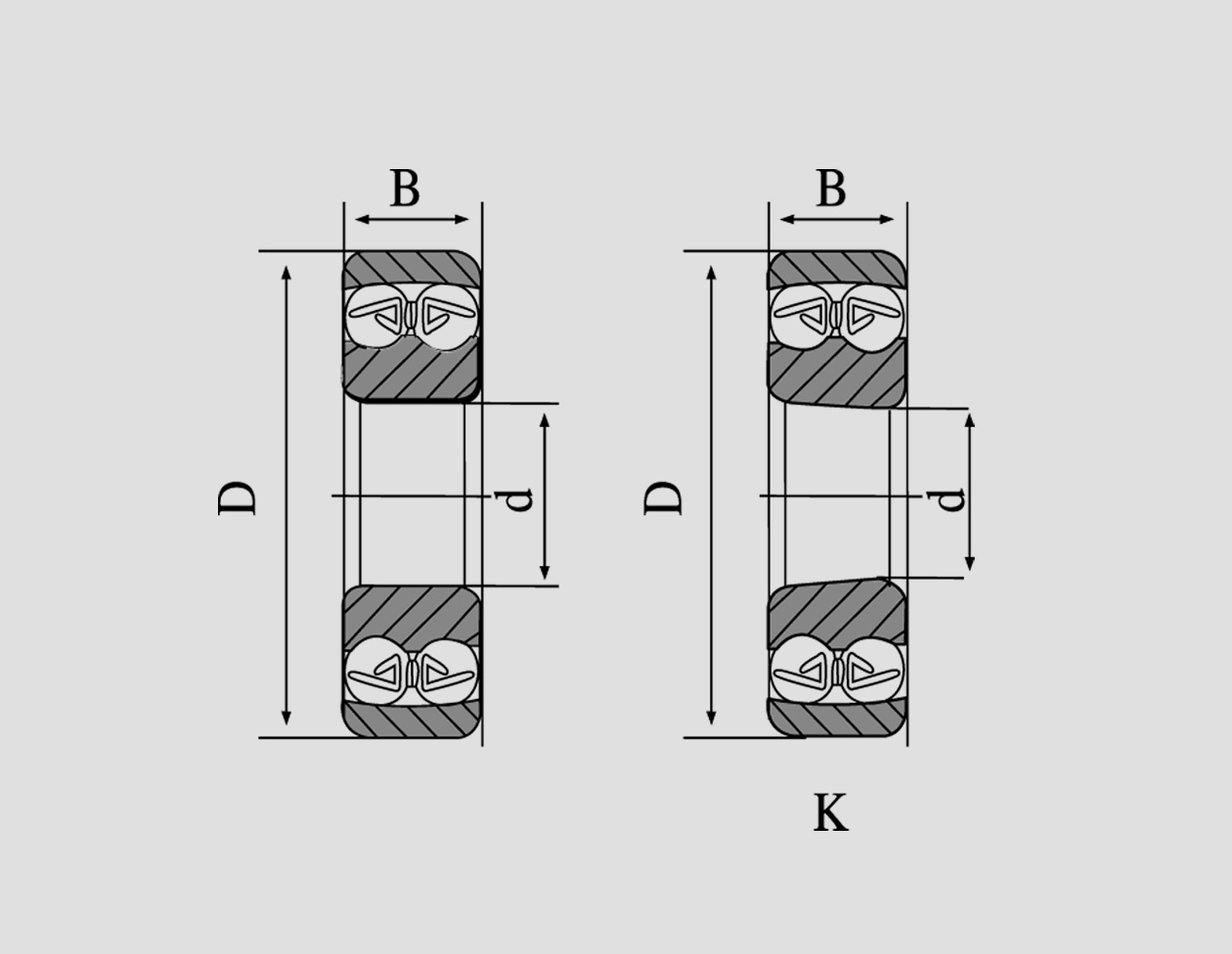
Nov . 07, 2024 06:12 Back to list
Angular Ball Bearing Design and Applications in Modern Machinery Systems
Understanding Angular Ball Bearings An Overview
Angular ball bearings are a type of rolling-element bearing that are designed to accommodate both radial and axial loads. These components play a critical role in various mechanical systems and are essential for the efficient operation of machines and various equipment. This article aims to provide an in-depth understanding of angular ball bearings, their design, applications, and advantages.
What are Angular Ball Bearings?
Angular ball bearings consist of inner and outer rings, balls, and cages. The key feature of angular ball bearings is the raceway angle that is designed at a specific angle (usually 15°, 25°, or 40°) to the axis of the bearing. This angled design allows the bearing to handle both radial and axial loads simultaneously, making it highly versatile for different applications. The internal geometry of the bearing allows for the balls to make contact with the raceways at an angle, enhancing the bearing's load-carrying capacity and performance.
Design and Construction
The construction of angular ball bearings is a crucial factor in their performance. The materials used typically include high-carbon steel, stainless steel, or ceramic. The choice of material affects the bearing's durability, resistance to corrosion, and overall lifespan. The precision of the bearing’s manufacture also plays a significant role; high-precision angular ball bearings can minimize friction and wear, leading to enhanced efficiency and longevity.
The bearings are available in various designs, including single-row and double-row configurations. Single-row angular ball bearings support axial loads in one direction, while double-row options can carry loads in both directions. The choice between single-row and double-row bearings depends on the specific application requirements and the load types expected.
Applications
angular ball bearing

Angular ball bearings are widely used across various industries due to their versatility and efficiency. Common applications include
1. Machine Tool Spindles They are essential for providing precise positioning and rotational speed in machine tools. 2. Automobiles They are used in automotive applications such as steering columns, wheel hubs, and transmission systems to manage both radial and axial forces. 3. Industrial Equipment Angular ball bearings find applications in conveyors, pumps, and gearboxes, ensuring smooth operation and efficient load handling. 4. Aerospace Due to their strength and reliability, they are utilized in aircraft engines and various aircraft components. 5. Robotic Systems In robotics, these bearings are critical for joints and moving parts that need precise control.
Advantages of Angular Ball Bearings
1. Load Capacity The angled design allows these bearings to carry significant load capacities, making them suitable for high-load applications. 2. Versatility They are effective in handling both axial and radial loads, which adds to their adaptability in various systems. 3. Reduced Friction The rolling elements reduce friction, which not only enhances the efficiency of the system but also contributes to a longer service life. 4. Precision and Accuracy Angular ball bearings offer precise motion control, which is vital for applications requiring exact alignment and positioning.
Challenges and Considerations
While angular ball bearings possess numerous advantages, certain challenges must be considered. Proper installation and alignment are critical to ensure optimal performance and longevity. Misalignment can lead to uneven wear and premature failure. Additionally, environmental factors such as temperature, humidity, and exposure to contaminants can impact the performance of these bearings, underscoring the need for regular maintenance and inspection.
Conclusion
Angular ball bearings are integral components in various mechanical applications, providing robust support for both radial and axial loads. Their unique design, coupled with their versatility, makes them a preferred choice in industries ranging from automotive to aerospace. Understanding their features, applications, and maintenance needs is essential for engineers and technical professionals to enhance the performance and reliability of machinery. As technology advances, the continued development of angular ball bearings will likely lead to even greater innovations in their applications, further solidifying their importance in modern engineering.
Latest news
-
Grooved Ball Bearing Design and Functionality
NewsJun.04,2025
-
Concrete Mixer Bearing Load Capacity Testing
NewsJun.04,2025
-
6004 Bearing Dimensions in Robotic Joint Designs
NewsJun.04,2025
-
Advantages of Single-Row Deep Groove Ball Bearings
NewsJun.04,2025
-
Applications of Deep Groove Ball Bearings in Automotive Systems
NewsJun.04,2025
-
Innovations in Bearing Pressing Machine Design
NewsJun.04,2025
